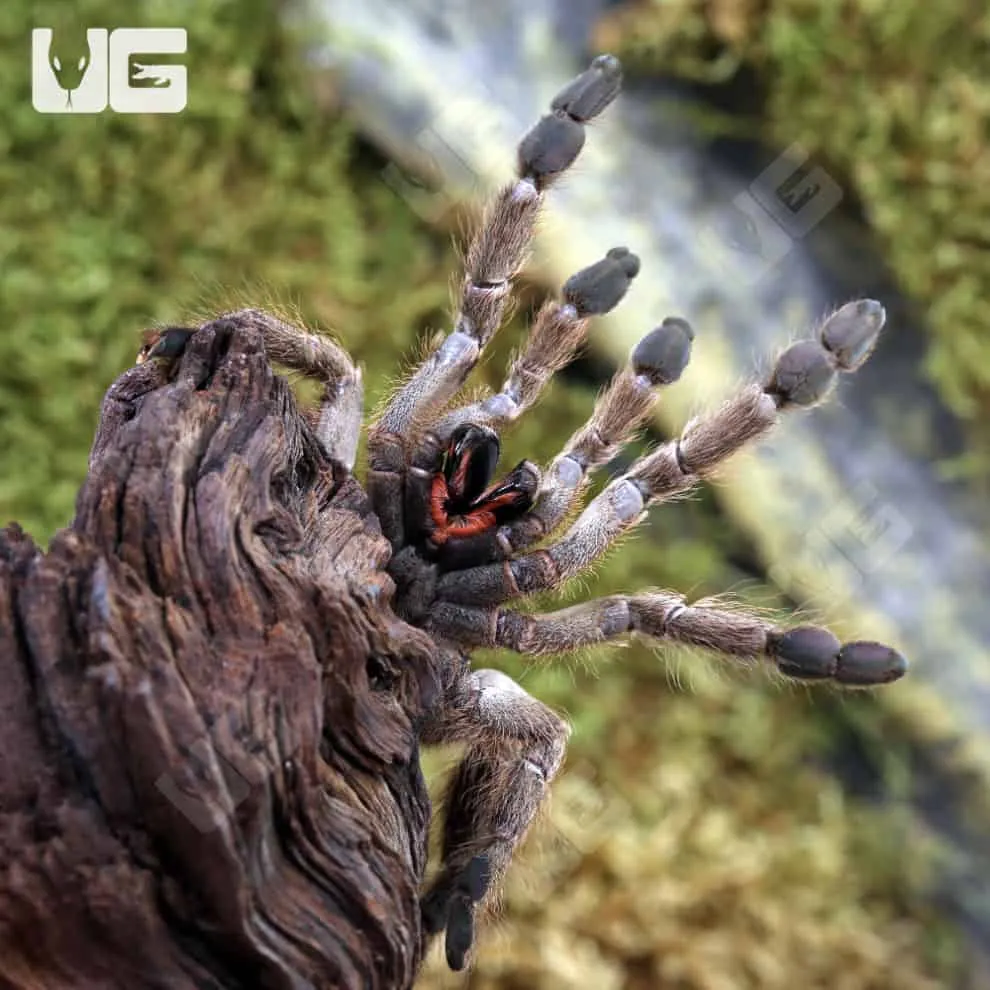Top 5 Facts about Giant Baboon Tarantula Care
The Giant Baboon Tarantula (Harpactira spp.) is a fascinating arachnid, popular among tarantula enthusiasts due to its striking appearance and relatively manageable care requirements. Understanding the needs of this species is crucial for ensuring its well-being and longevity. This guide provides five essential facts, covering habitat, feeding, handling, and maintenance. These facts will assist both novice and experienced keepers in providing the best possible environment for their Giant Baboon Tarantula, leading to a thriving and happy pet. By following these guidelines, you can enjoy the unique experience of keeping one of nature’s most impressive creatures.
Habitat Requirements
Creating a suitable habitat is paramount for the health and happiness of your Giant Baboon Tarantula. These tarantulas thrive in environments that mimic their natural African habitat. This involves careful consideration of temperature, humidity, substrate, and enclosure size. Providing the right environment not only ensures their physical well-being but also stimulates natural behaviors, allowing you to observe these amazing creatures in a setting that supports their natural instincts. Correct setup is the foundation of successful tarantula keeping and a vibrant tarantula.
Temperature and Humidity
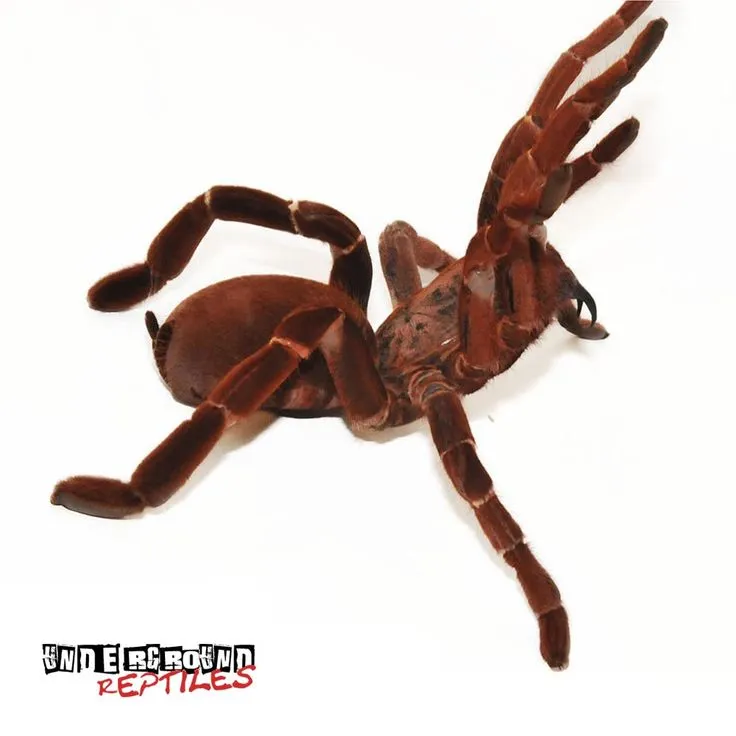
Maintaining the correct temperature and humidity levels is crucial for the Giant Baboon Tarantula’s health. A temperature range of 75-85°F (24-29°C) is ideal. This can be achieved using a heat mat or a low-wattage ceramic heat emitter, placed on the side of the enclosure rather than directly underneath, to prevent overheating. Humidity should be kept at 60-70%. This can be achieved by misting one side of the enclosure regularly, especially during molting. The use of a hygrometer to monitor humidity levels is highly recommended to ensure optimal conditions for the tarantula and prevent health issues.
Substrate and Enclosure Size
The substrate should be deep enough for burrowing, as Giant Baboon Tarantulas are terrestrial and burrowing spiders. A mix of peat moss, coco fiber, and a bit of vermiculite is suitable. The depth should be at least 4-6 inches, allowing the tarantula to dig and create its burrow. The enclosure size should be proportionate to the size of the tarantula. A juvenile can thrive in a smaller enclosure but should be upgraded as it grows. For an adult, a 10-20 gallon terrarium is generally sufficient. The enclosure should also provide adequate ventilation to prevent mold and maintain healthy conditions within the habitat.
Feeding Your Giant Baboon Tarantula
Proper nutrition is essential for the growth and health of your Giant Baboon Tarantula. They are voracious eaters, and their diet should consist primarily of insects. Providing the right food items, at the right frequency, is important for maintaining a healthy spider. These creatures have specific dietary needs, and understanding their preferences and requirements is key to ensuring they thrive. Careful attention to this area of care contributes significantly to the overall well-being of your pet.
Diet and Feeding Frequency
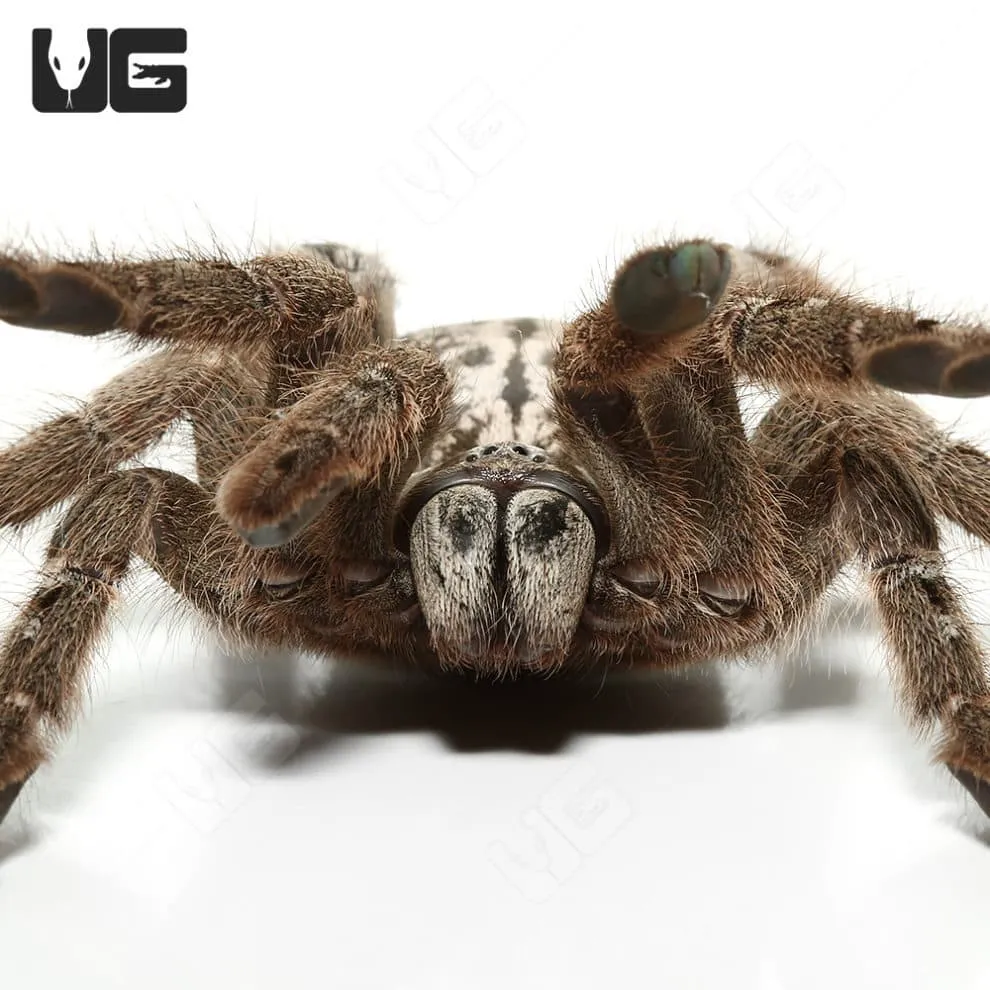
The Giant Baboon Tarantula’s diet should primarily consist of insects such as crickets, roaches, mealworms, and occasionally, small invertebrates. The size of the prey should be appropriate for the tarantula’s size; it shouldn’t be bigger than the tarantula’s abdomen. Juveniles should be fed 2-3 times a week, while adults can be fed once or twice a week. Remove any uneaten prey within 24 hours to prevent stress or injury to the tarantula. A varied diet provides the necessary nutrients and helps keep the tarantula active and healthy, promoting a better quality of life.
Water and Hydration
Providing fresh water is critical for the tarantula’s hydration. Use a shallow water dish, and ensure it is always filled with clean water. The water dish should be easily accessible and not too deep, to prevent the tarantula from drowning. Change the water regularly to avoid bacterial growth. Supplementing the water dish with occasional misting helps to maintain the correct humidity level, ensuring the tarantula has access to enough moisture, especially during molting. Clean water is essential for the overall health and well-being of the tarantula, aiding in the molting process.
Handling and Safety
While the Giant Baboon Tarantula is not considered extremely venomous, it is still crucial to handle them with care. They are fast and can be unpredictable, and their bites are painful. It is essential to prioritize safety and use caution whenever interacting with these spiders. Respecting their nature and taking the necessary precautions is key to ensuring both your safety and the well-being of your tarantula. Careful handling methods will reduce the risk of unwanted incidents.
Safe Handling Practices
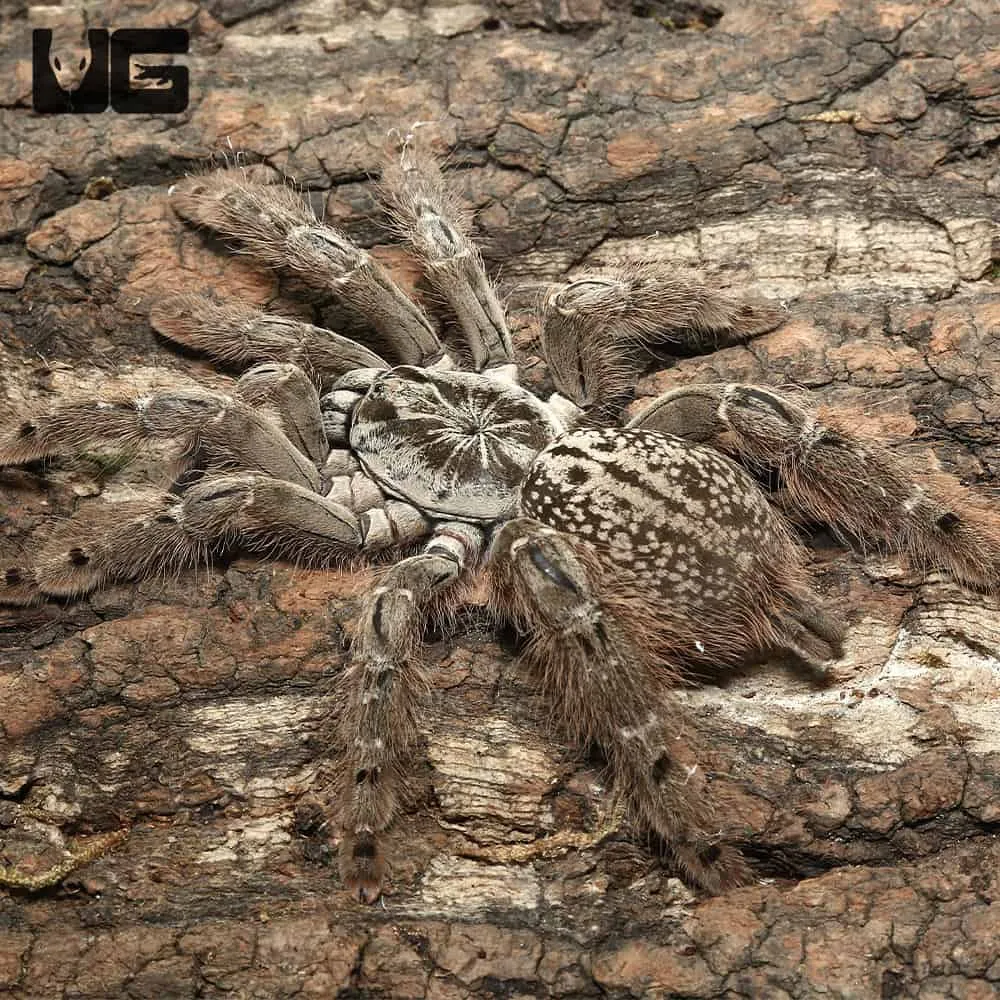
Handling Giant Baboon Tarantulas is generally discouraged unless absolutely necessary, such as for health checks or enclosure maintenance. If handling is required, do so close to the ground, to prevent falls. Use a soft brush to gently guide the tarantula if necessary. Avoid sudden movements, which can startle the spider. Wash your hands thoroughly before and after handling to remove any scents that might agitate the spider. Handling should be minimized to reduce stress and potential injury to both the spider and yourself.
Recognizing and Avoiding Bites
Giant Baboon Tarantula bites can be painful, although rarely life-threatening to humans. They possess fangs capable of delivering venom. Be aware of the spider’s defensive postures, such as raising its front legs or displaying fangs, as these are signs of aggression. Avoid sudden movements or actions that might startle the tarantula. If bitten, clean the wound thoroughly with soap and water and seek medical attention if symptoms worsen. Understanding their behavior helps to prevent bites and promotes a safe interaction.
Enclosure Maintenance and Cleaning
Regular cleaning and maintenance of the enclosure are essential to maintaining a healthy environment for your Giant Baboon Tarantula. This helps prevent the build-up of waste, bacteria, and mold, which can harm the spider. A clean environment supports the tarantula’s overall health and reduces the risk of illness. Routine care ensures a long, thriving, and happy life for your pet.
Cleaning Schedule and Methods
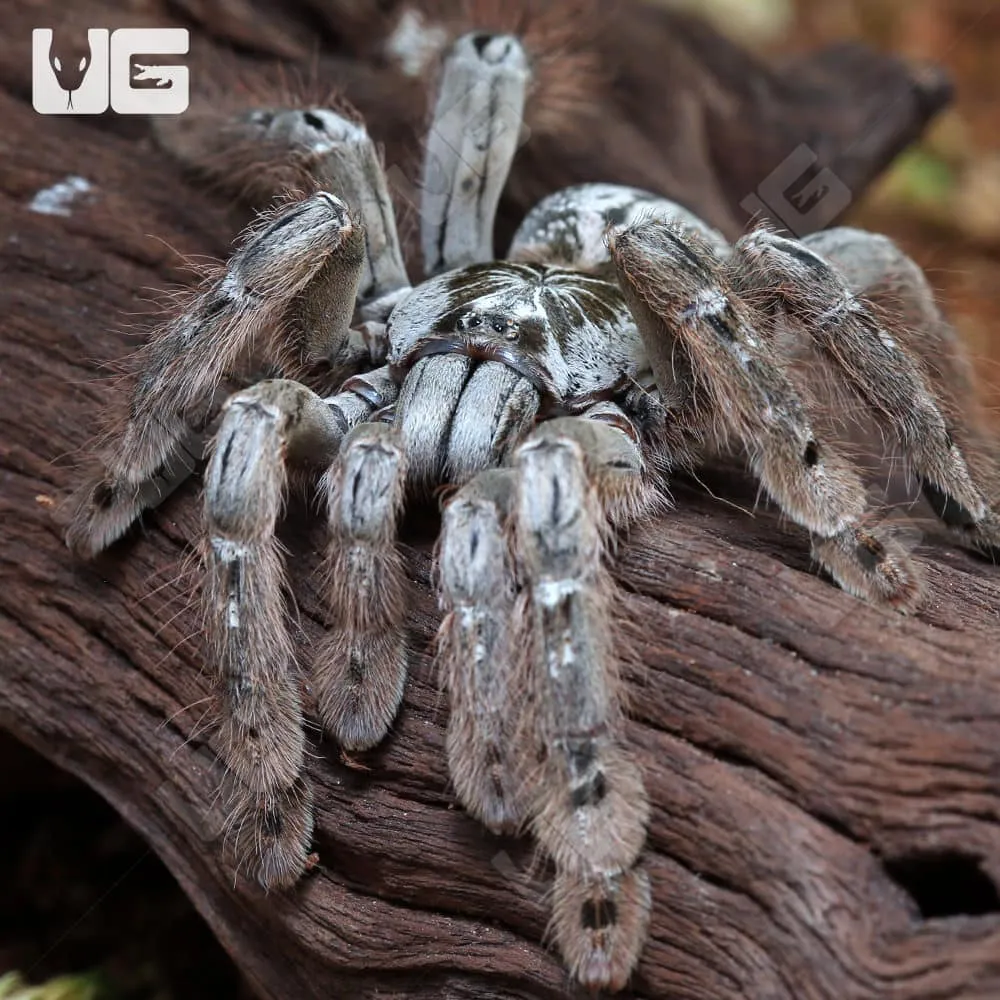
Spot-clean the enclosure weekly by removing any uneaten food, feces, or molted exoskeletons. A full substrate change should be performed every 6-12 months, depending on the size of the enclosure and the amount of waste produced. Use a non-toxic cleaner to wipe down the enclosure’s sides and any decorations. Ensure the enclosure is completely dry before returning the tarantula. Regular maintenance prevents the build-up of harmful bacteria and keeps the environment clean. Following a scheduled cleaning ensures a long and healthy life for the tarantula.
Health Checks and Preventative Care
Regularly observe your Giant Baboon Tarantula for signs of illness, such as lethargy, loss of appetite, or unusual behavior. Check for any external parasites or injuries. Maintain the correct temperature and humidity levels to prevent respiratory infections. Ensure a varied diet with the right nutrients to prevent nutritional deficiencies. If you observe any health concerns, consult with a veterinarian experienced in exotic pets. Early detection and proper care can resolve most problems.
Conclusion
Caring for a Giant Baboon Tarantula can be a rewarding experience. By understanding their specific needs and following these five key facts about their habitat, feeding, handling, and maintenance, you can provide a thriving environment for your pet. Remember to prioritize safety, observe their behavior, and maintain a clean and appropriate habitat. This will ensure the health and longevity of your Giant Baboon Tarantula, allowing you to enjoy this unique pet. With proper care, your Giant Baboon Tarantula will be a fascinating and engaging addition to your home for years to come.
